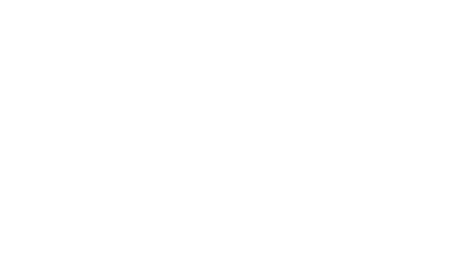Charles Brandon: Norfolk hawk death reveals 'royal' hunt
- Published
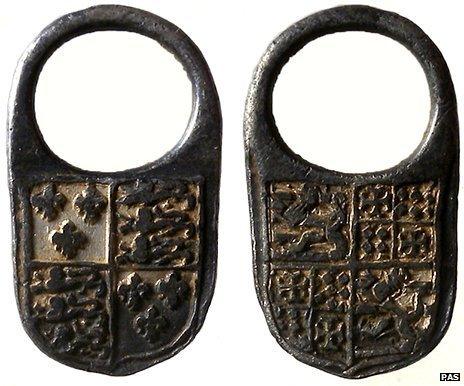
The silver gilt vervel features both the royal coat of arms and Charles Brandon's
A "rare" 16th Century "royal" silver vervel found in a Norfolk field has revealed the hunting habits of Charles Brandon, the first duke of Suffolk.
The 23mm (0.9in) ring, found in December, was worn by a bird of prey, external around its foot to identify its owner.
Adrian Marsden, finds officer based at Norwich Castle Museum, said: "It's rare we find them linked to royalty.
"Brandon married Henry VIII's sister and because it carries the duke's arms we can date it in his lifetime."
Charles Brandon, born circa 1483, became life-long friends with King Henry VIII and married his sister, Mary Tudor, in about 1514.
The vervel carries the royal arms on one face with the arms of Brandon on the other.
Mr Marsden said the duke must have been in the Colney area, on the outskirts of Norwich, where the gilt vervel was found by a metal detector enthusiast.
"We already know Norwich was a very important place at the time, although its glory days were beginning to come to a close in the 16th Century," he said.
"Brandon probably went hawking here on a number of occasions so this could have been dropped on any of those visits, we just know it was sometime around 1520 to the 1540s.
"He's probably hawking on his own estate, there's no reason to suspect he was simply visiting friends and he could well have been out hunting with the king - we just don't know - it's lost in the mists of time."
The Norwich Castle Museum already has a larger collection of hawking vervels than the British Museum and will be looking to acquire the Brandon piece, which weighs 2.02g (0.07oz), if it is declared treasure.
"We identify thousands of pieces of metal work in Norfolk every year but they are mainly anonymous - with this we're in a different area," said Mr Marsden.
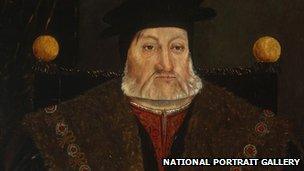
Charles Brandon's friendship with Henry VIII featured in the BBC Two drama The Tudors
"We know who owned it, who lost it, it's a very personal thing."
Vervel finds are uncommon as normally the bird of prey would be recovered if it died during a hunt.
"We have to assume the poor old hawk met its end mid-air while flying near Colney and fell to earth," said Mr Marsden.
"You'd presume it would have been found but perhaps it fell into a bush or a well wooded area, so the hawk rotted away and the vervel found its way into the soil of a ploughed field."
The vervel is now at the British Museum in readiness for a report to be prepared for a treasure inquest by the Norfolk coroner.
- Published19 August 2013

- Published7 August 2013
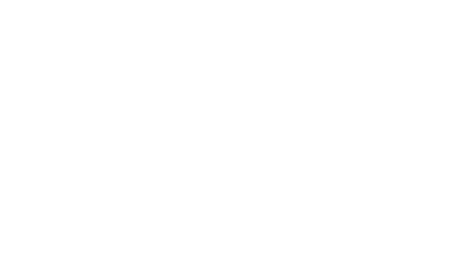
- Published1 August 2013
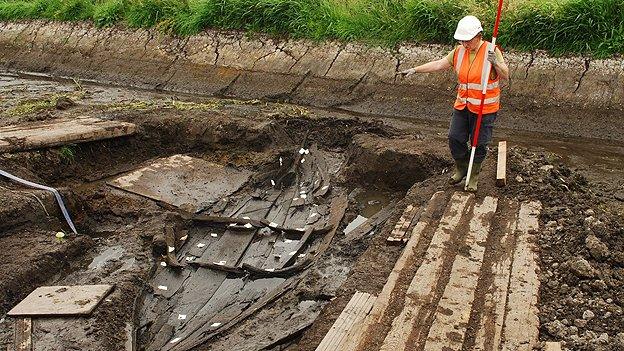
- Published12 July 2013
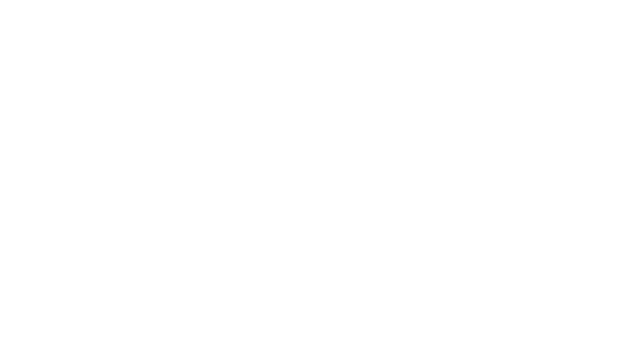
- Published4 May 2013
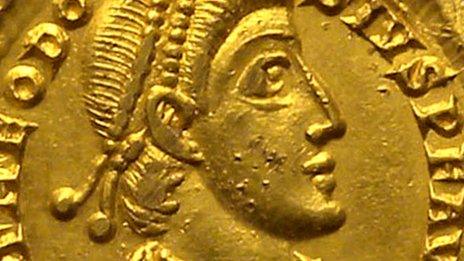
- Published1 April 2013
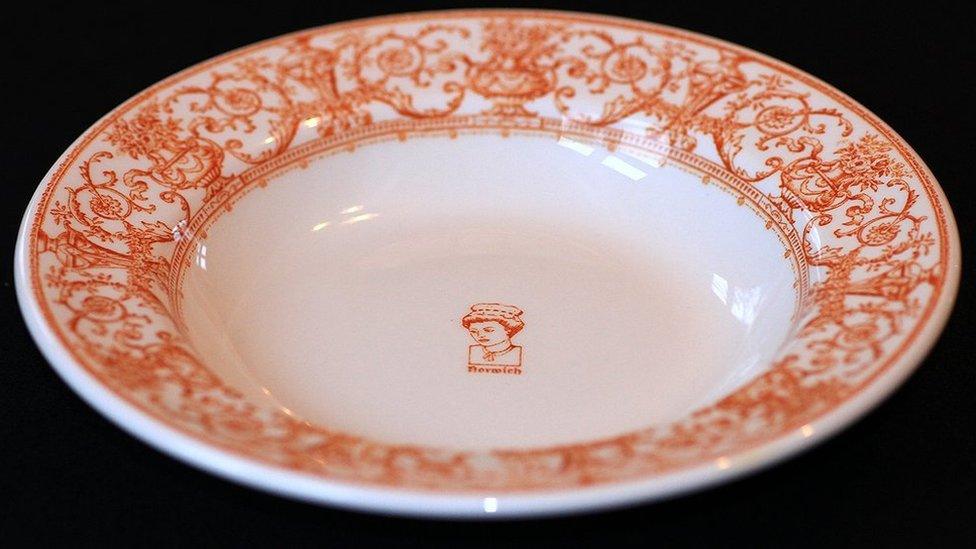
- Published8 December 2012
